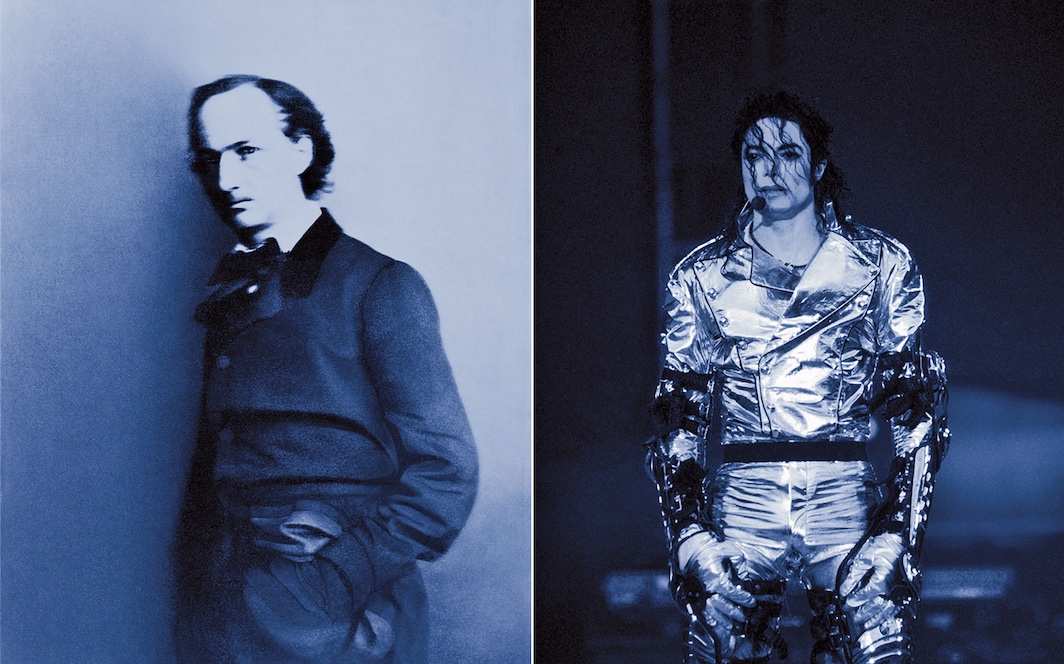
Rahel Aima

FOR OVER FORTY YEARS, Lorraine O’Grady’s work has argued against binary thinking. Instead of either/or, she proposes a both/and construction, often expressed by pairing two images in a diptych. Take her 2010 Whitney Biennial work The First and the Last of the Modernists, in which she juxtaposes portraits of Charles Baudelaire with Michael Jackson, tinting them in red, gray, green, or blue. As she wrote in 2018, “When you put two things that are related and yet totally dissimilar in a position of equality on the wall . . . they set up a conversation that is never-ending.” 
In the late 1970s, Amit Chaudhuri’s family moved to the top floor of a tony South Bombay high-rise overlooking the sea. Twenty-five floors removed from the hubbub of the city below, the teenaged Chaudhuri cycled through a number of sonic personas in quick succession: air guitarist, singer-songwriter, and student of Indian classical. Part autobiography, and part ethnomusicological treatise, Finding the Raga unspools this last turn as the novelist and poet moves to the United Kingdom and back, and learns to sing, hear, and finally, to listen. 
THE 1990s WERE A TIME of great techno-cultural promise. But despite the radical potential of the early internet, the decade gave rise to the increasing consolidation of power in the hands of men. Artists and theorists updated feminism to account for the social changes wrought by the internet and the systematic erasure of women in tech. In the Global North, this amorphous movement came to be known as cyberfeminism, and ran the gamut from the raucous, and often filthily funny, “Girls Gone Wired” ethos of Australian collective VNS Matrix to dry-mouthed academic treatises that were rather more joyless. Cyberfeminism’s theoretical 
Flushing, Queens, early 1960s, Saturday nights. The boy next door’s name was Eugene; he was overweight, attended the Bronx High School of Science, and was an amateur radio enthusiast. Home alone, a young Ellen Ullman would be watching TV when, “suddenly, Eugene’s ham radio hijacked our television signal—invaded the set with the loud white noise of electronic snow.” In a poignant piece in her new essay collection, Life in Code, Ullman describes how she could hear his voice, and in the sine wave that pierced the on-screen static she could see him, too. His message became as familiar as his